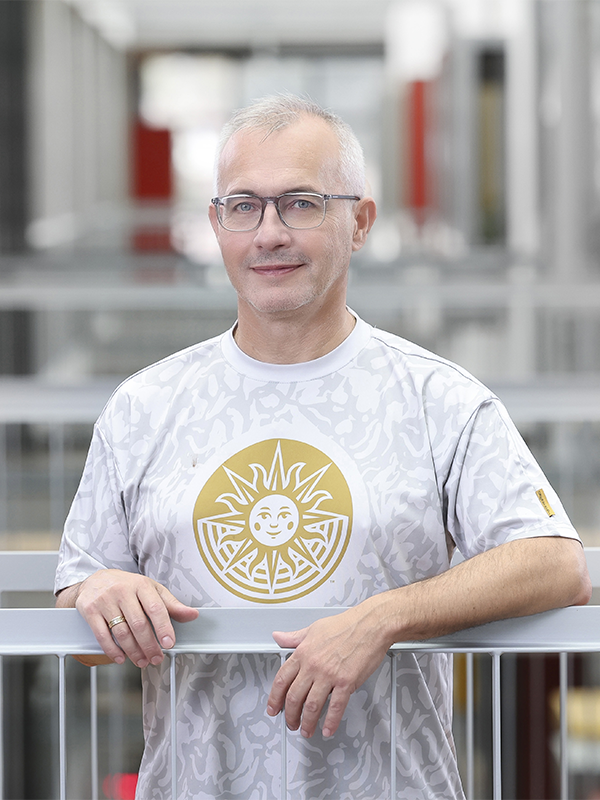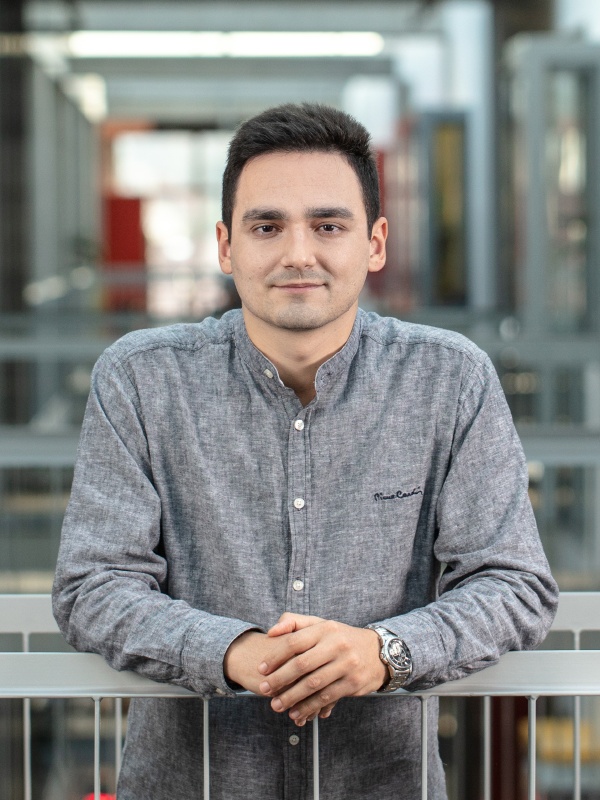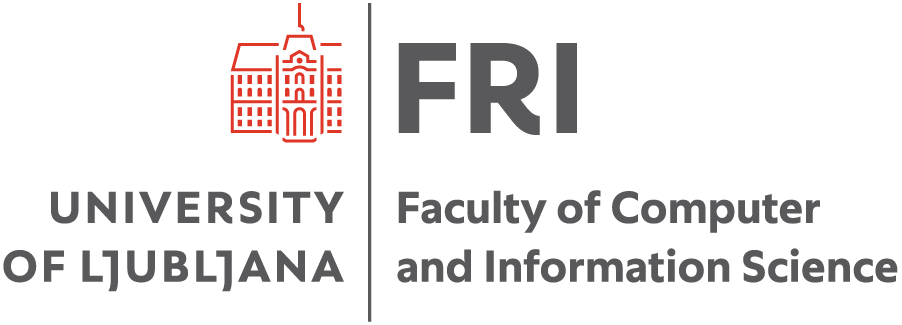- Credits:6
- Semester: summer
- Contents
Fog computing is an umbrella concept that encompasses five different technologies and their adaptation: the Internet of Things, Artificial Intelligence, Cloud Computing, Blockchain, and Digital Twins. The adaptation, integration and self-adaptation of these technologies allows for the development of many new powerful smart services and applications. To ensure reliable and trustworthy fog computing applications, it is necessary to focus on improving the entire software development process in terms of adaptability, flexibility, software models, application design, implementation quality, operational costs, and similar.
Topics:
1. Basic concepts of fog computing
a. Definition of the concept of fog computing
b. Understanding five key technologies: Internet of Things, Artificial Intelligence, the Cloud-to-Edge Computing Continuum, Blockchain and Digital Twins
c. Importance, methods and techniques for technology integration
2. Software self-adaptation
a. Automating tasks
b. Architecture based adaptation
c. Runtime models
d. Goal-driven adaptation
e. Guarantees under uncertainties
f. Control-based adaptation
3. DevOps impact
a. The impact of DevOps practices on application development in the context of fog computing
b. Using container technologies to facilitate the development and distribution process
c. The potential of using artificial intelligence methods in fog computing applications
4. Development of smart applications in practice
a. Understanding the complexity of developing smart applications in the context of fog computing
b. Showing the whole development process of a basic smart application
c. Emphasis on adapting existing models of various smart services and applications according to specific requirements
5. The concept of trust and the development of a trustworthy application
a. Importance of trust in fog computing
b. Strategies for assuring trust in applications
c. Addressing ethical issues and regulatory requirements
d. Analysis of security aspects and data protection
6. Use cases and potentials:
a. Exploring potential applications in IoT, AI, cloud computing and blockchain
b. Overview of use cases in the Slovenian smart specialization program
c. Analysis of requirements for integrating fog computing technologies into existing service models
d. Business Model Canvas
Each topic will be explored and presented in more detail so that students gain a comprehensive insight into the concept, practices and applications of fog computing and its future possibilities.
- Study programmes
- Distribution of hours per semester
- Professor


